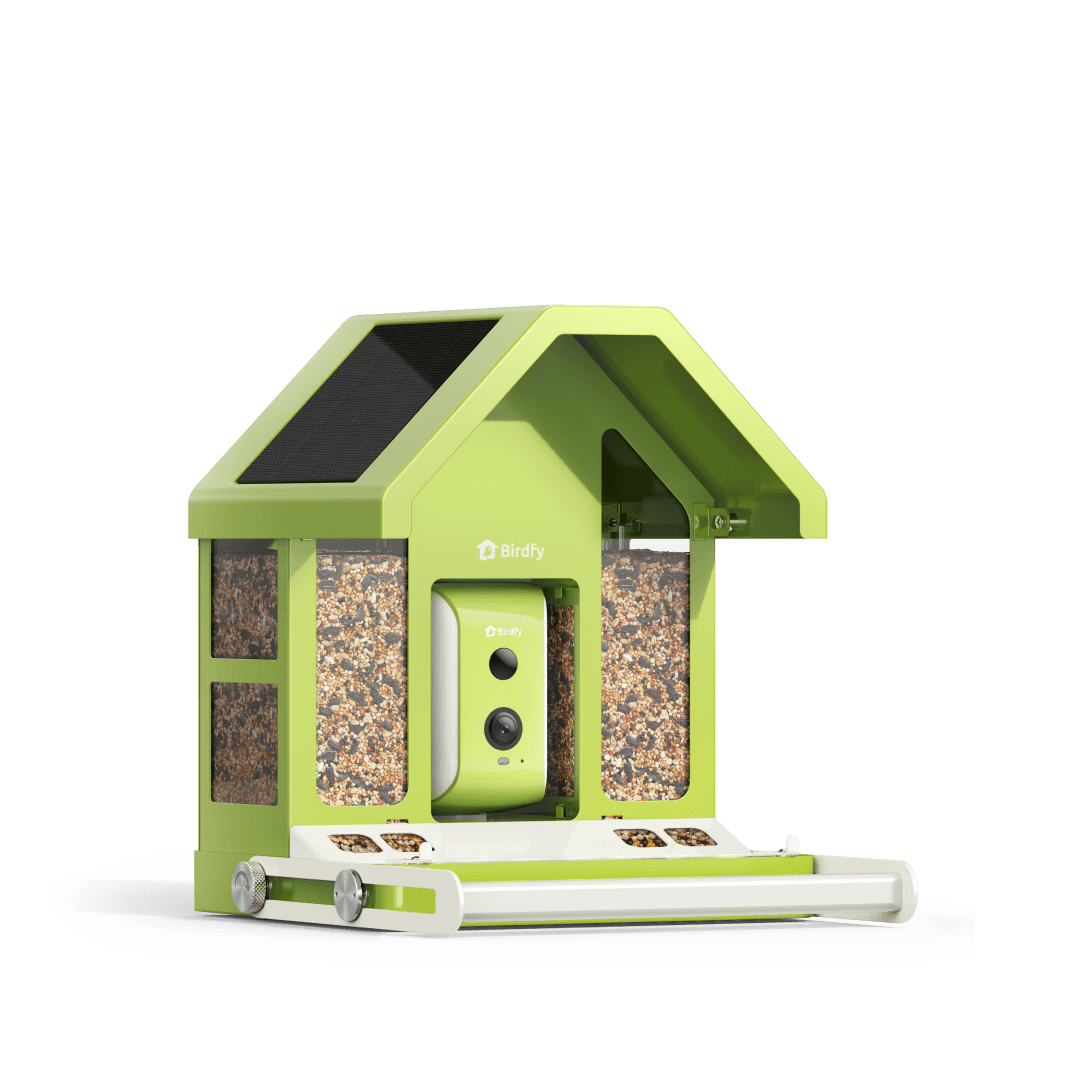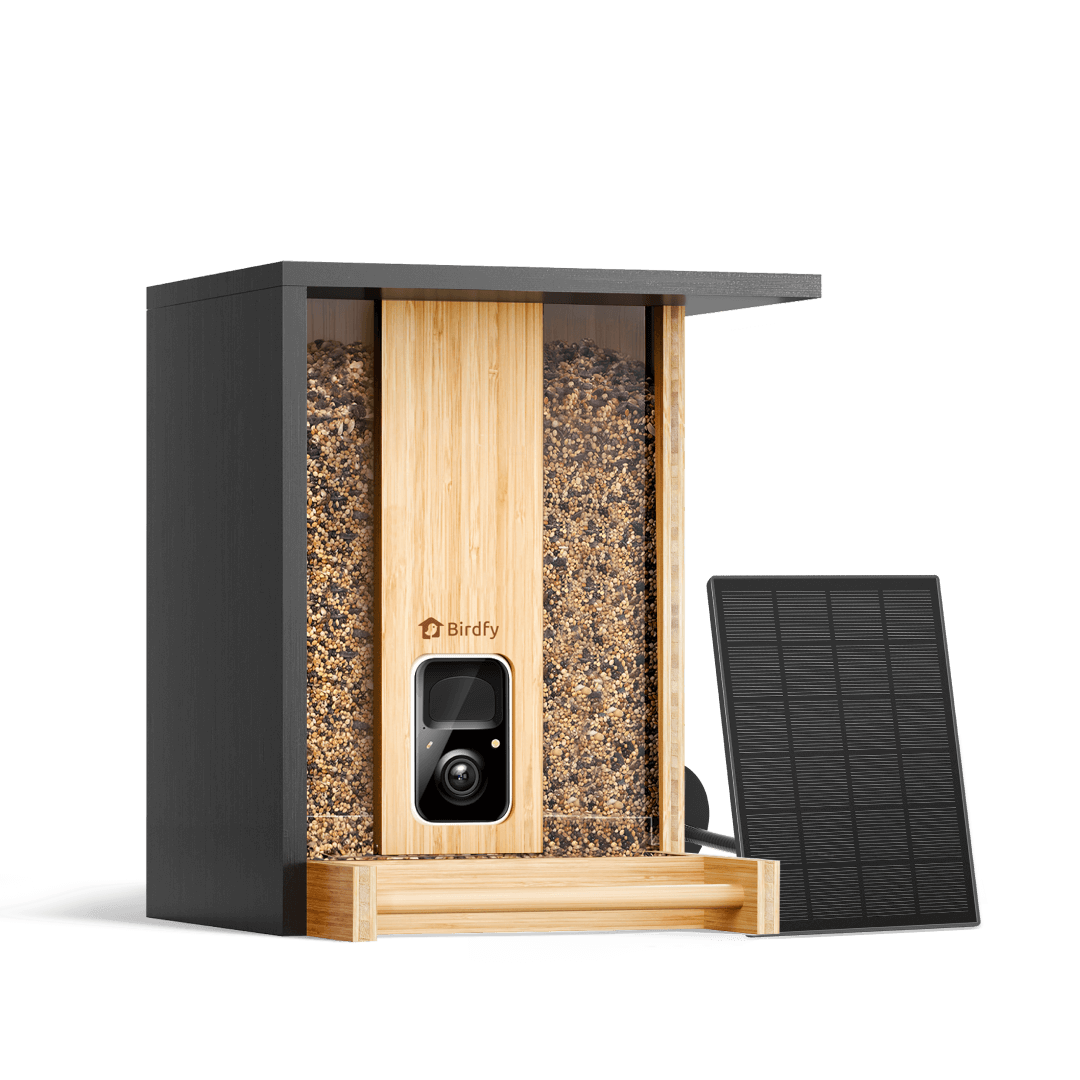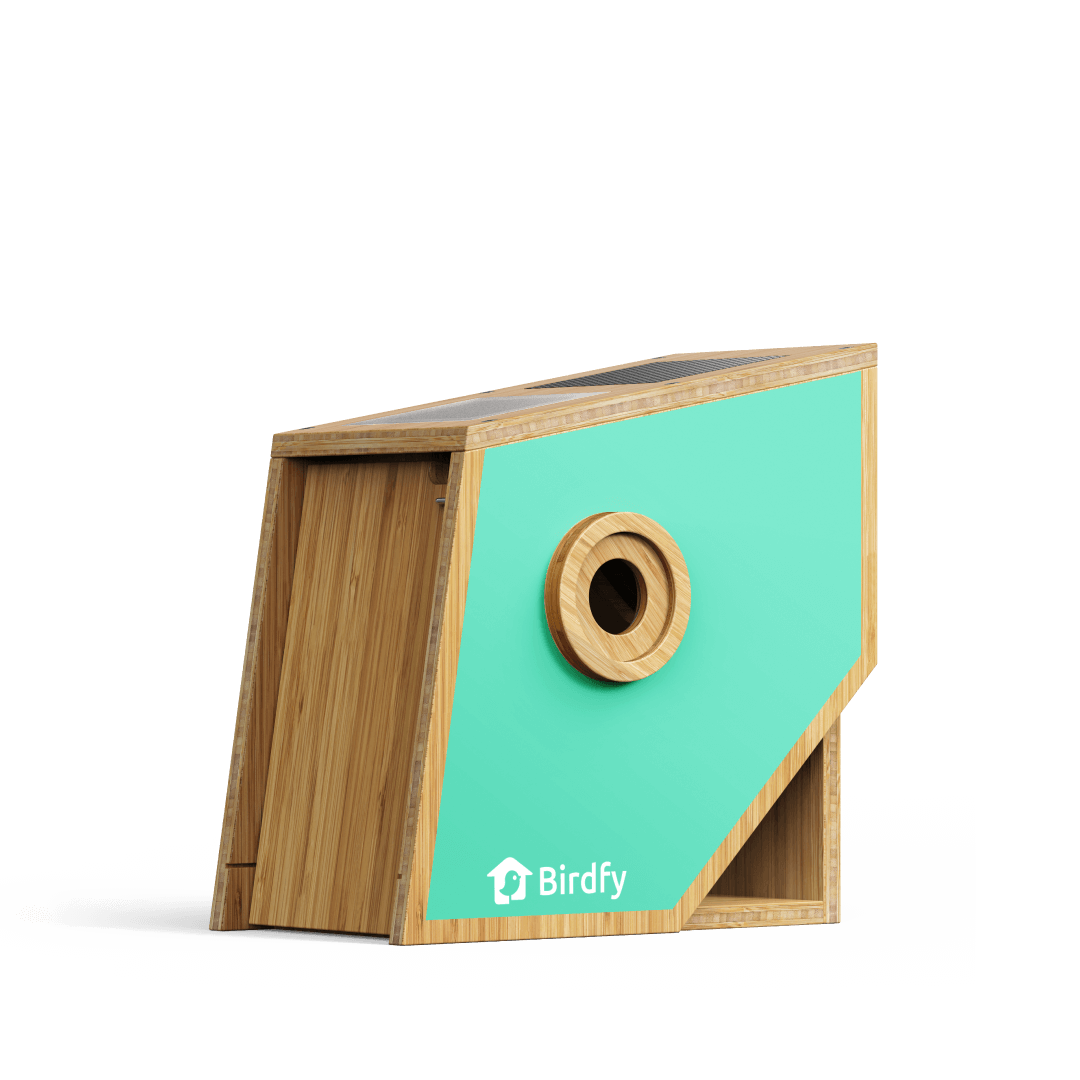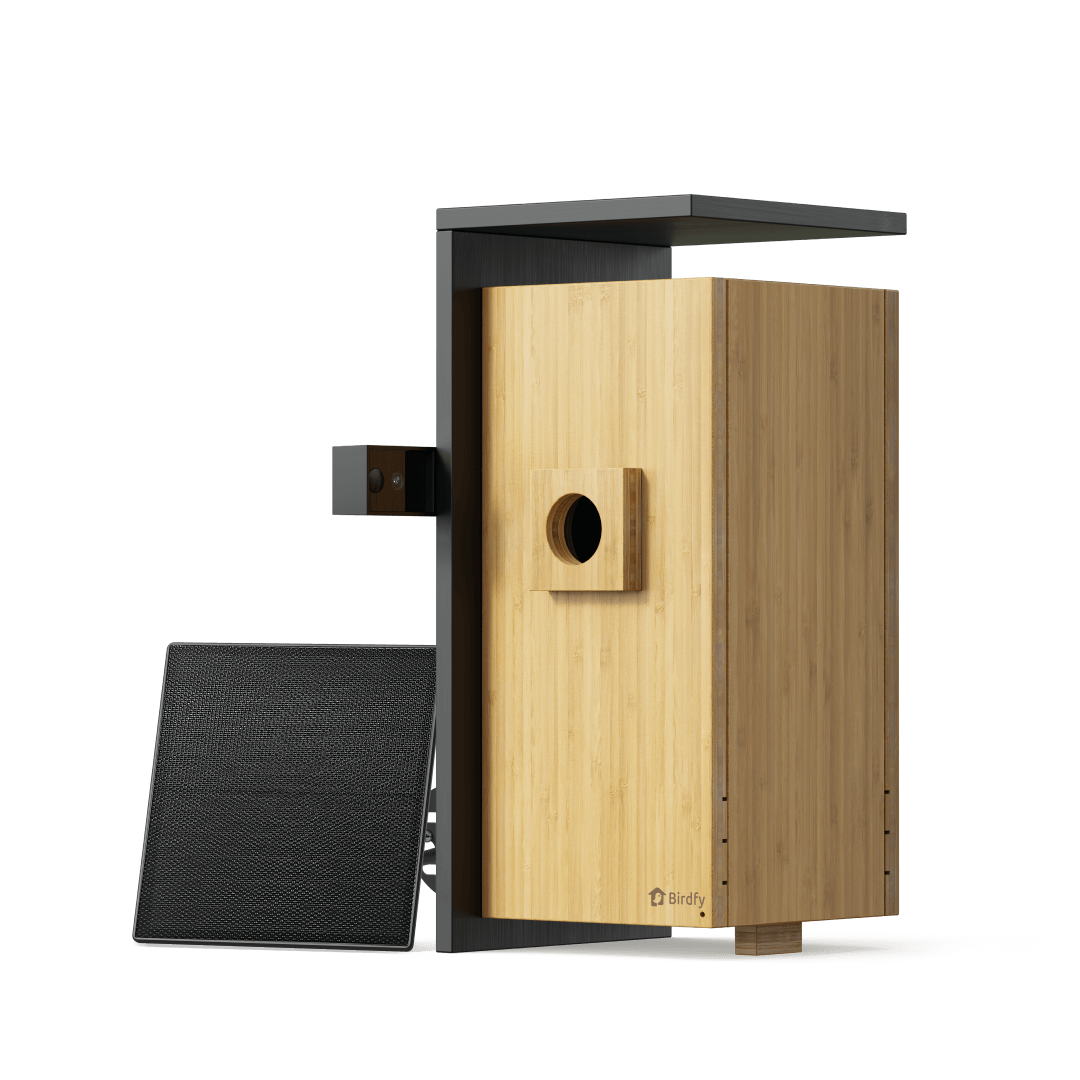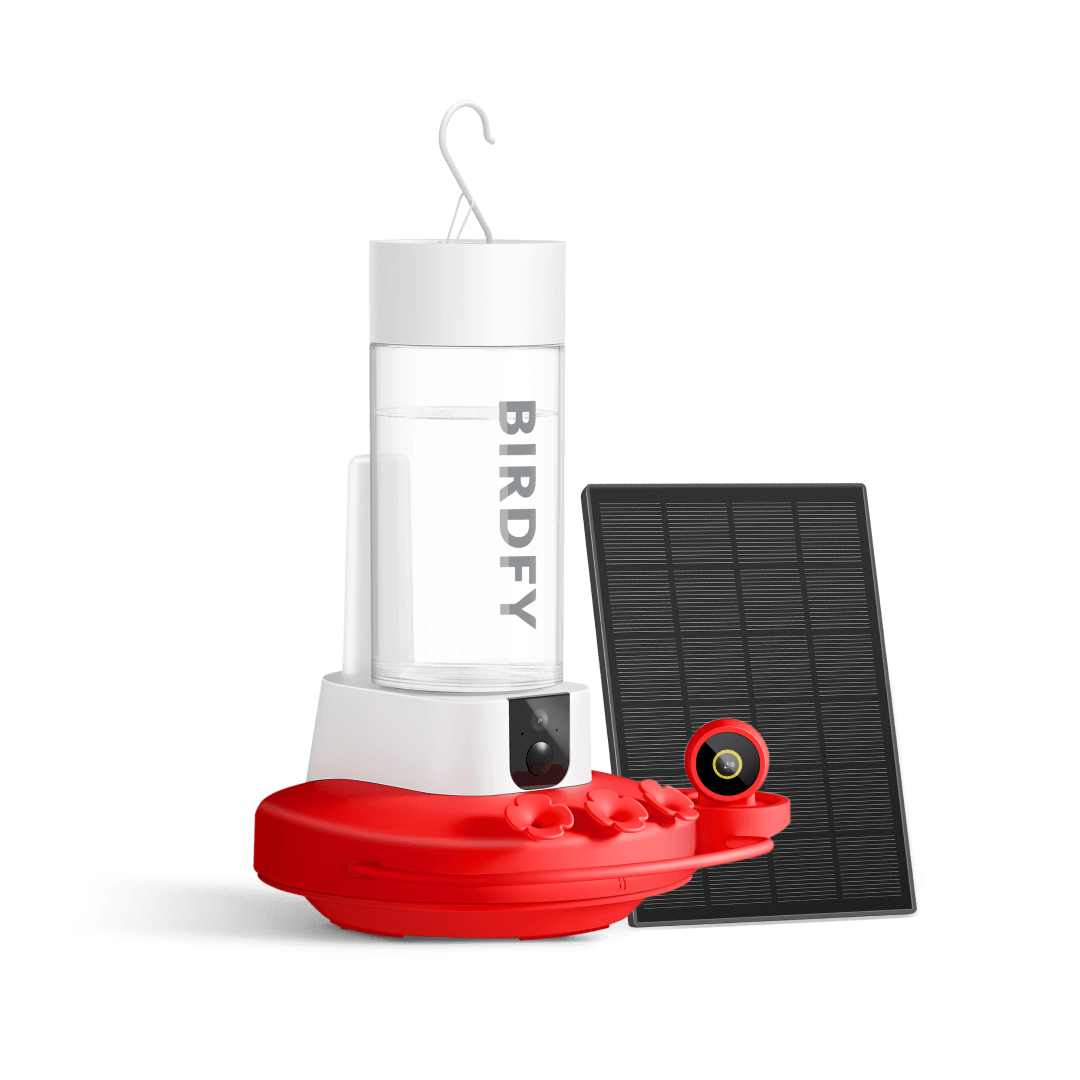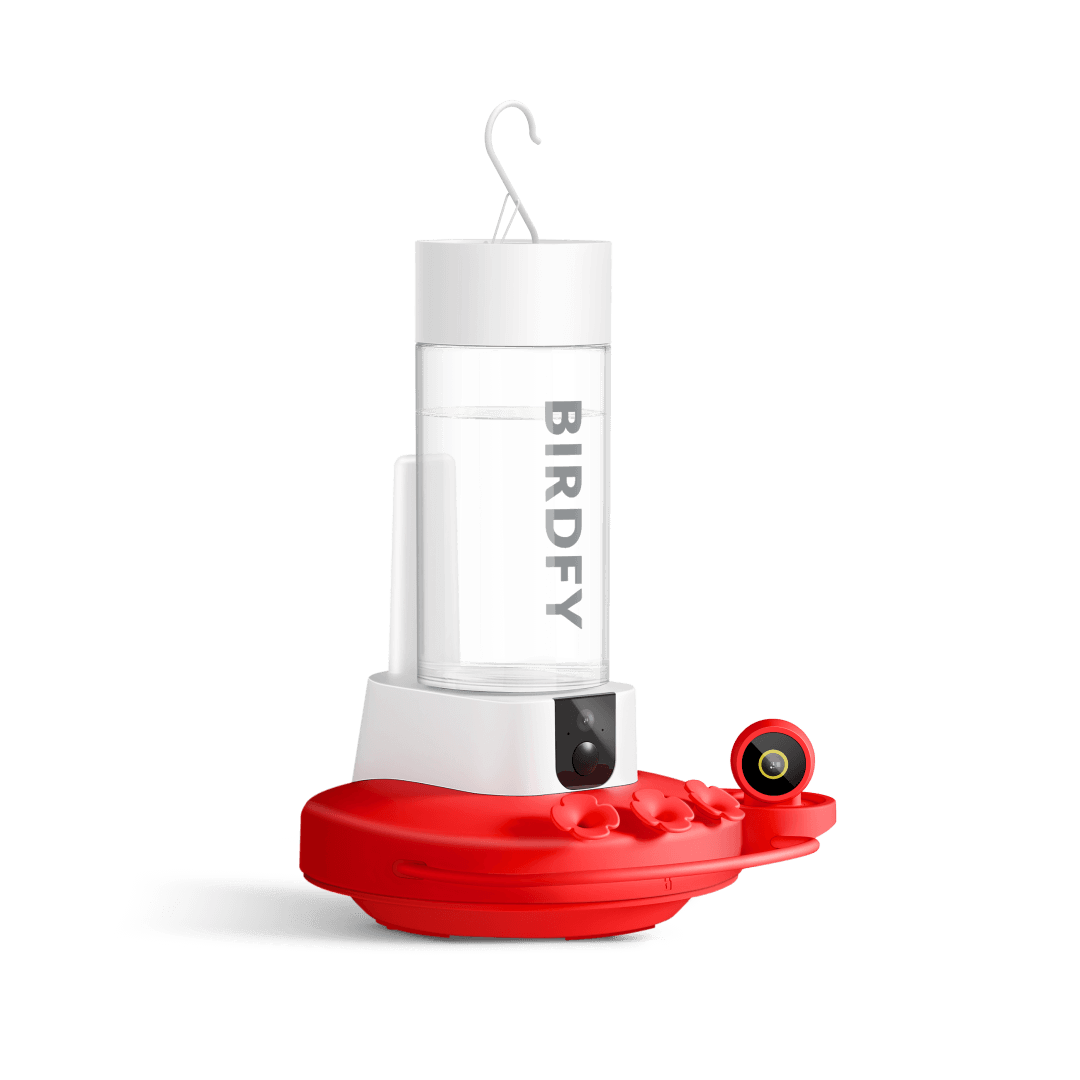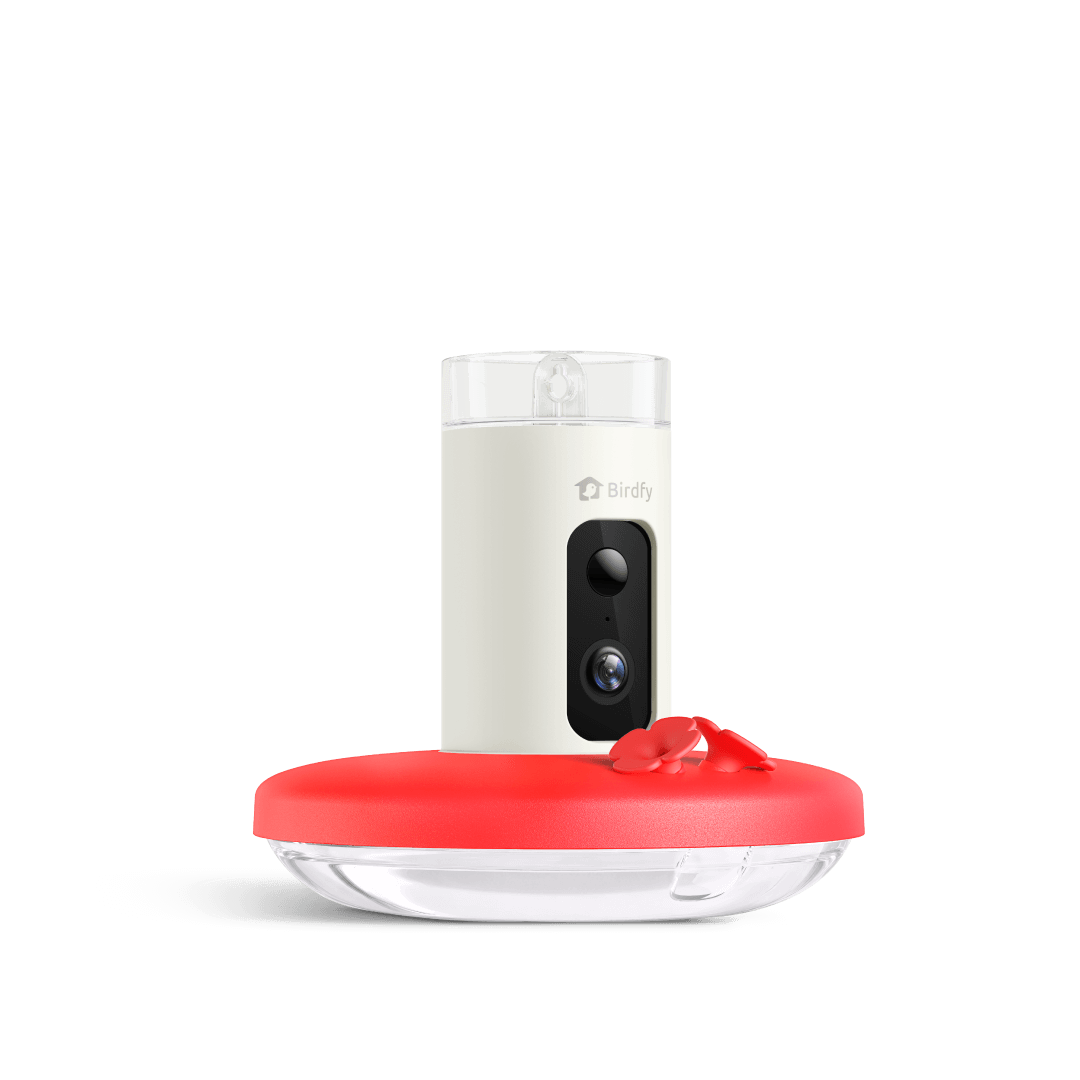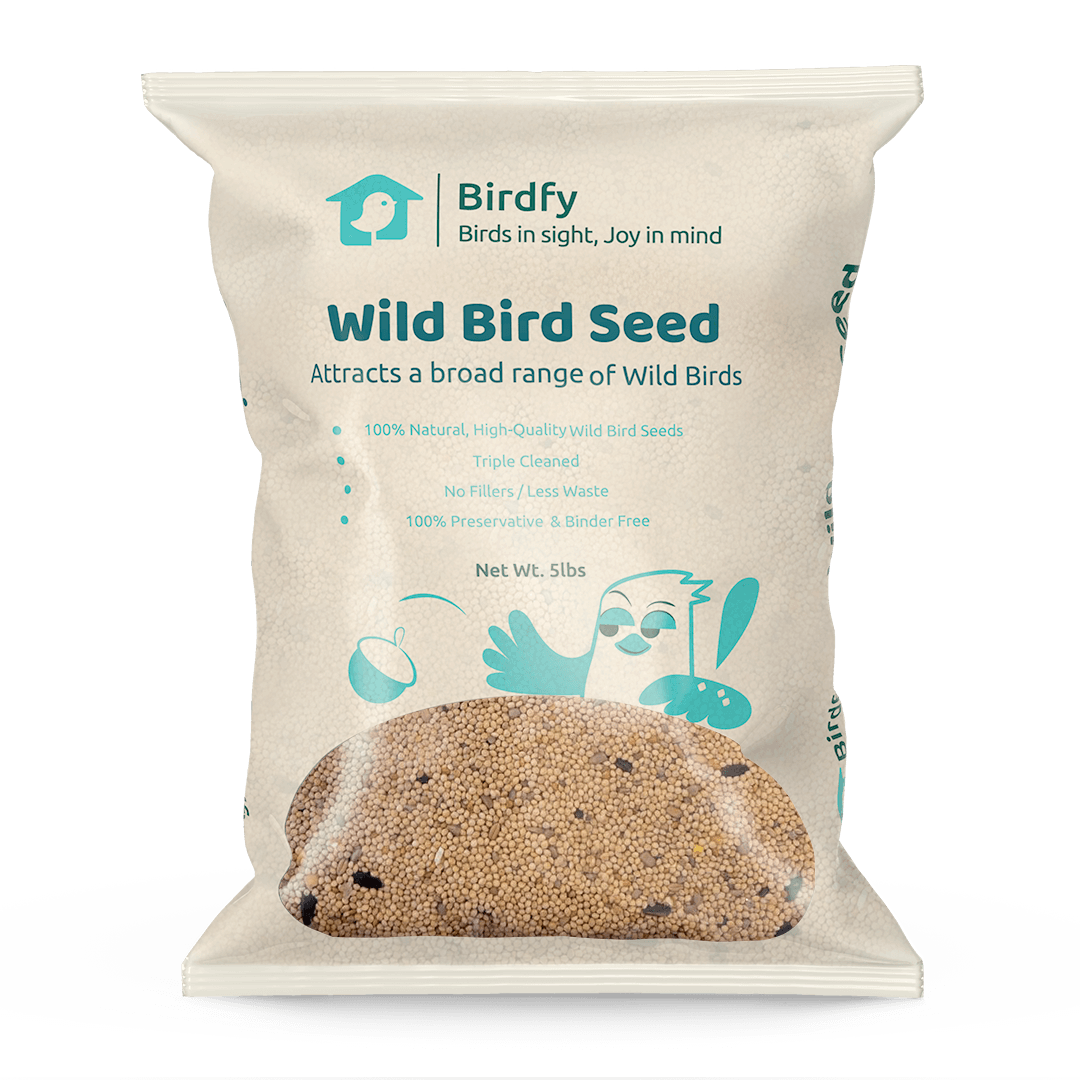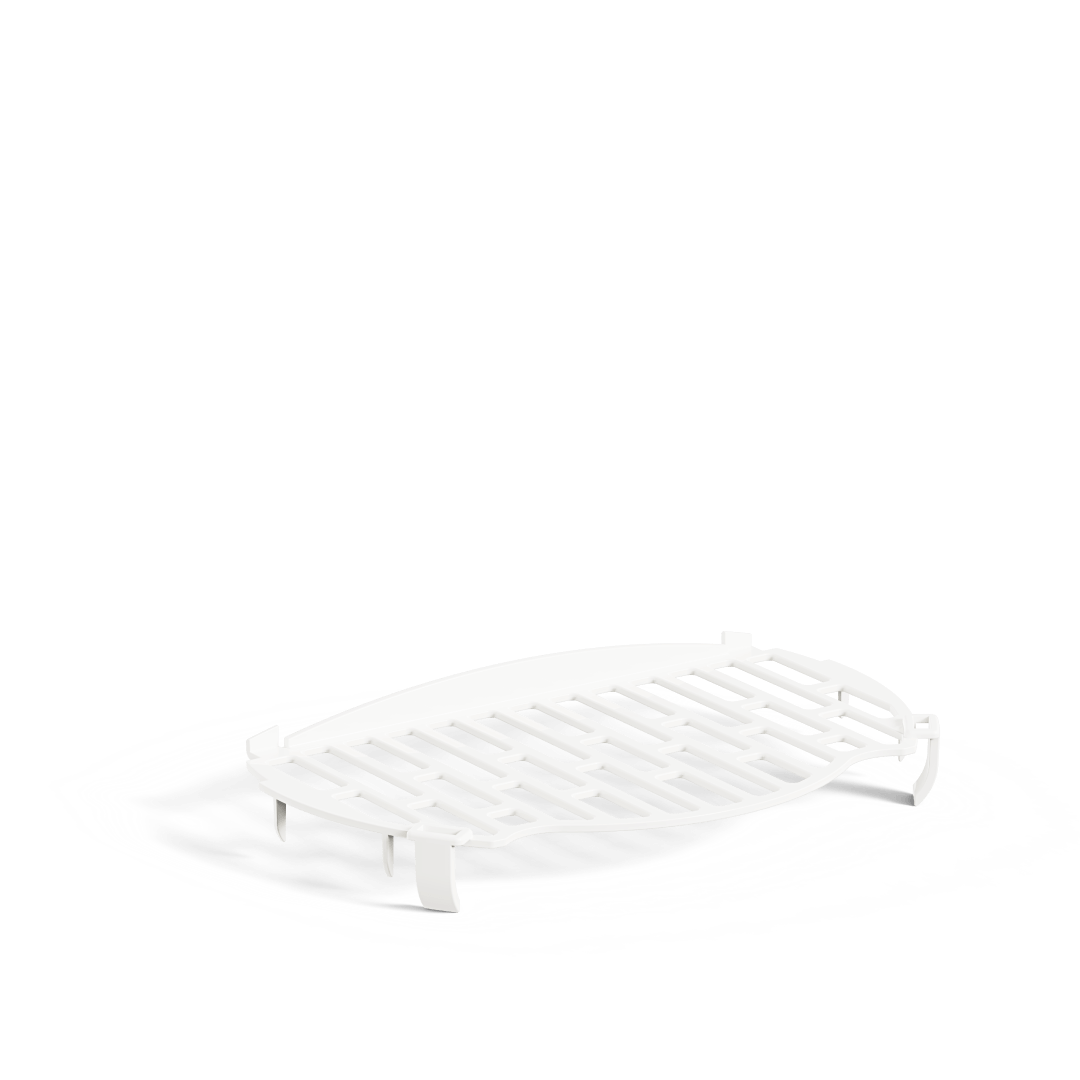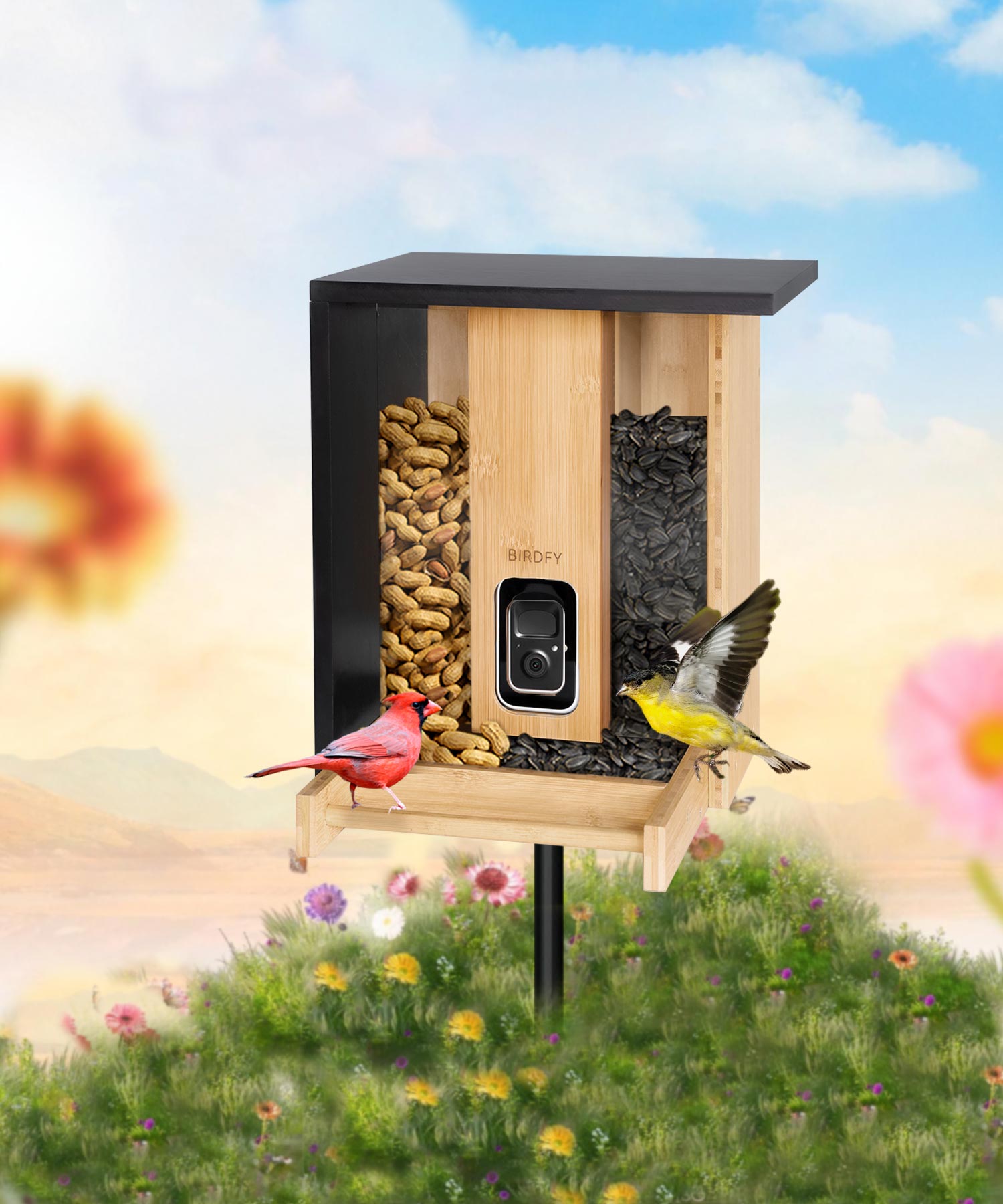How To Help Hummingbirds During Migration
Migration is regular in the life cycle of hummingbirds, moving from breeding regions in North America to the wintering grounds in Central and South America. It is crucial to their existence in the future because it grants them lots of food and ideal climates for thriving. The benefits of the birds go not only to themselves but to the entire ecosystems. The act of pollination shifts as the sparrow ferry pollen from one flower to another.
This means that measures should be implemented to ensure that migrants achieve success in their migration and enhance diversity. This was the background and importance of hummingbird migration. Read here 12 actionable tips to keep hummingbirds alive during migration and to safely keep these essential pollinators for future generations.
The Challenges And Dangers Of The Migration Process
These birds endure a physically tiring and dangerous activity when migrating. They face several challenges, including:
- Extreme conditions, including storms and changes in temperature.
- Wildlife animals such as Hawks, cats, and other giant insects.
- Restricted diets can even cause a lack of energy in people.
- Habitat vessels define a reduction in the number of resting places and stopover sites.
- Knowing these challenges helps to reduce the threats they subject themselves to and help them stay afloat.
Ways To Help Hummingbirds During Migration
Now, let's move on to the ways to help hummingbirds.
✅Keep Garage Doors Closed
Like any other bird, these little creatures can be caught between the walls of an open garage door, which means their lives are in danger.
- Prevent young birds from entering garages: Small or immature birds may choose a garage as a suitable nest, but they end up getting trapped and dying when they become too weak.
- Protect birds and their nests: Closing and preserving bridges decreases the option related to building in a risky bird nest location.
✅Provide Stopover Stations
During long migrations, they stop in areas for resting or foraging to replenish their energy reserves.
- Set Up Feeders: Install nectar feeders in the yard to ensure that there is always an available energy supply.
- Plant flowers that provide perches and food for hummingbirds: Plant indigenous flowering plants that provide nectar for birds, such as trumpet vine bee balm, and plants that offer roosting areas.
✅Plant Native Plants
Particular emphasis was placed on using native plants, as these can improve the conditions in those ecosystems and boost the general population.
- Promote symbiotic relationships between local insects and plants: Native plants attract insects, which are secondary to feeding these birds.
- Provide abundant food sources: Most of these plants bloom at a time that coincides with the migration of the following food supplies.
✅Avoid Using Pesticides
One of the frankest forms of danger comes from pesticides that kill the hummingbirds or negatively impact the insects they feed on for protein.
- Protect Harmless Insects: Avocados, tomatoes, oranges, and insects like gnats and spiders are also part of the diet.
- Provide safe habitat for hummingbirds: Eliminating pesticides allows them access to food that has not been contaminated with chemicals.
✅Keep Nectar Feeders Clean
Feeders do not have to be dyed red to attract the hummingbirds, and commercial nectar may contain unsavory ingredients.
- Regularly change the sugar water: Clean the feeders with warm, soapy water every 3- 5 days, especially during hot weather.
- Replace nectar: Fresh nectar prevents bacteria and mold growth, ensuring a safe food source.
✅Avoid Using Red Dye And Commercial Nectar
They don’t need red dye to locate feeders, and commercial nectar may contain harmful additives.
- Use simple sugar water recipes: The safest nectar can be prepared at home with one part white sugar and four parts water.
- Ensure the health of hummingbirds: Do not use chemicals in feeding areas that can harm the bird-sensitive digestive tract.
✅Increase The Number Of Feeders
Adding more feeders Reduces competition and ensures food availability so that all birds have access to food.
- Prevent Aggression: They push others away from the feeders by choosing territory, leaving weaker ones starved for food.
- Improve Access: This way, the feeders can be spread around the yard, creating more feeding territories.
✅Pay Attention To Late-Migrating Hummingbirds
Some of the varieties of these species do not migrate simultaneously, and some might slow down.
- Keep Feeders Out Longer: Continue providing food after the migration season ends.
- Increase the survival chances of injured or lost hummingbirds.
✅Keep Cats Indoors
Small, such as hummingbirds, are vulnerable to feral domestic cats, one of the biggest threats.
- Reduce Predation: Keep cats indoors. Protect hummingbirds and other birds from predation.
- Encourage Responsible Pet Ownership: It also means that if one species is protected and thus risks reduced, you enhance the entire ecosystem's health.
✅Create Safe Resting Spots
Plant trees or bushes to shelter the birds and build little fountains so that they can get water on their route.
✅Participate In Citizen Science Projects
To track these species' population and migration rates, it is advisable to join organizations such as the Journey North or the bird-watching clubs in various communities. Reporting what you have seen allows other researchers to learn more about these and enhance practices for their protection.
✅Advocate For Habitat Conservation
You can help in many ways: Donate money to conservation groups that seek to preserve the habitats of hummingbirds, including forests, wetlands, and grasslands. There are also other ways to support sustainable practices in your community.
Conclusion
Hummingbirds are fascinating birds whose existence is safeguarded by both nature and people. Many simple but effective measures can be implemented to help them on their journey: plant native species, clean feeders, and spread the word on conservation. We hope that this guide helped you!
Share
1 comment
Clean the feeder every 2 – 3 days. 5 days between water changes is to long keep it 3 days maximum



